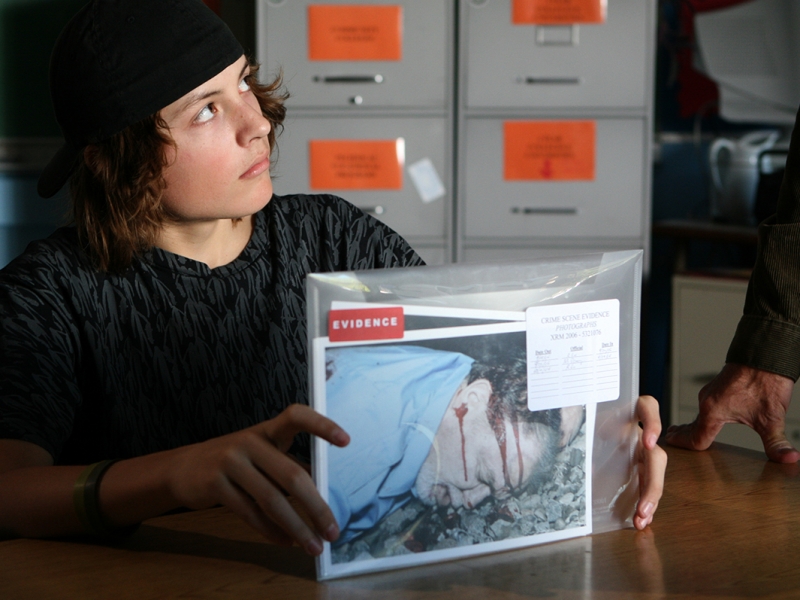
Een interview met Gus Van Sant
Nina de Vroome, Gerard-Jan Claes, 2022
De Amerikaanse filmregisseur Gus Van Sant maakte vorig jaar zijn eerste theaterproductie, Trouble, een musical over Andy Warhol. Bij de première van het stuk in De Singel in Antwerpen sprak Sabzian met Van Sant over vier van zijn films die samen een periode van vormelijk experiment betekenen binnen zijn oeuvre: Gerry (2002), Elephant (2003), Last Days (2005) en Paranoid Park (2007). Gus Van Sant: “Het afbakenen is het belangrijkste kenmerk van een scène. Wanneer je een storyboard gebruikt, pas je de locaties en de acteurs aan aan het storyboard, dat al vastligt wanneer de personages in beeld komen. Dat is de belangrijkste reden waarom ik zonder storyboard ben gaan werken, omdat de personages dan beter in de scène zitten. Ze kunnen dingen laten gebeuren binnen een tijdsbestek en dat lukt niet wanneer je met losse shots werkt.”